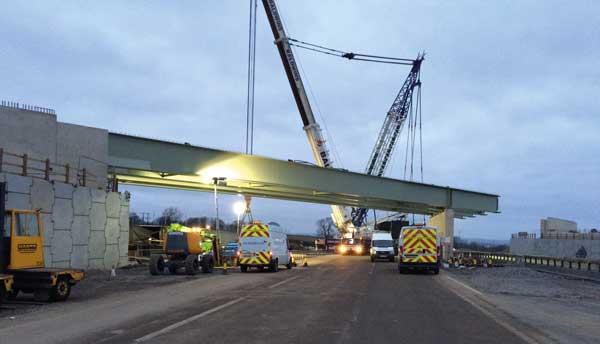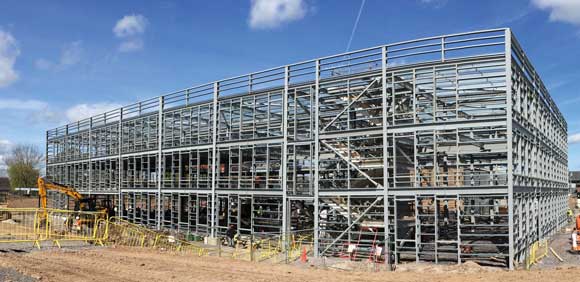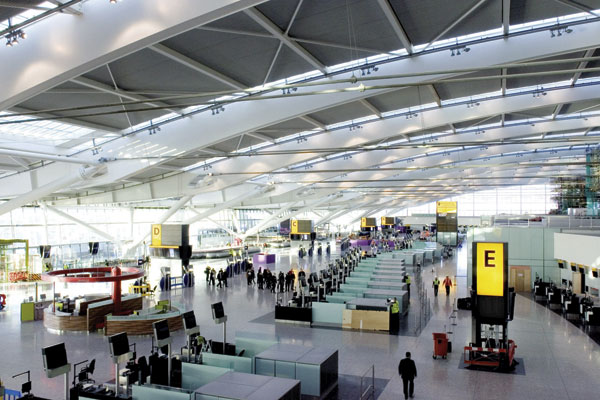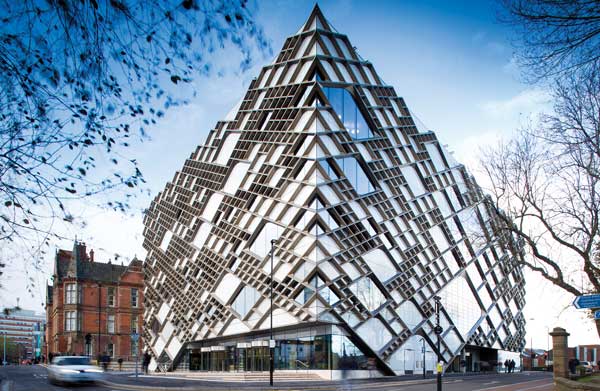SSDA Awards
Commendation – Greenwich Reach Swing Bridge, London
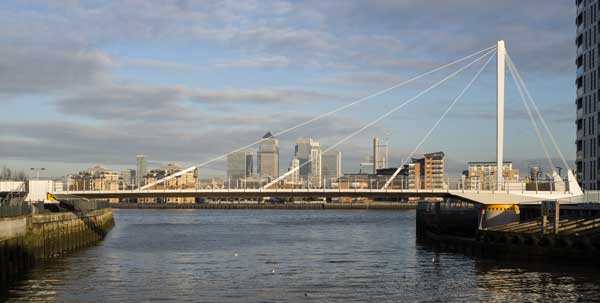 A cable-stayed swing bridge in south London has improved pedestrian riverfront access while also maintaining a navigable channel.
A cable-stayed swing bridge in south London has improved pedestrian riverfront access while also maintaining a navigable channel.
FACT FILE
Architect: Moxon Architects
Structural Engineer: Flint & Neill Ltd
Steelwork Contractor: S H Structures Ltd
Main Contractor: Raymond Brown Construction Ltd
Client: Galliard Homes LtdForming part of a new Galliard Homes’ residential development, a new swing bridge spanning Deptford Creek allows easier pedestrian access long the River Thames and opens to allow aggregate barges upstream to the local ready-mix batching plant.
“The bridge had to increase public access along the Thames riverfront without hindering waterborne traffic entering the creek,” says Flint & Neill Senior Engineer David Knight. “A cable-stayed swing bridge was the solution as it can be swung open by 100 degrees to be completely clear of the river.”
The bridge has a 44m cable-stayed main span supported from a single mast with a central stay plane. A short 8m backspan contains a 120t counterweight to balance the structure. Two pairs of backstays support the tip of the mast laterally and longitudinally.
The structure is supported on a 3.7m diameter slewing ring bearing underneath the mast, with a set of four electric motors to drive the bridge clear of the navigation channel concealed in the machine room within the main concrete pier.
Faceted planes create an elegant and visually massive backspan and reduce to a more slender main span with a central spine box supporting diagonal struts to the edge of the deck.
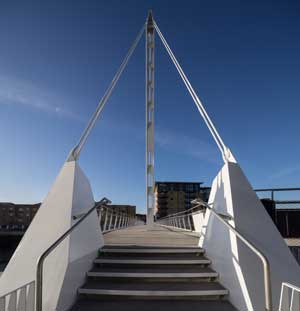 The plated concept is continued through the main mast, where two vertical flat plates supported by diagonal stiffeners create an innovative open Vierendeel type structure. The inclined web plates create openings to the sky to lighten the appearance for maximum transparency.
The plated concept is continued through the main mast, where two vertical flat plates supported by diagonal stiffeners create an innovative open Vierendeel type structure. The inclined web plates create openings to the sky to lighten the appearance for maximum transparency.
Steel is crucial to ensuring that the moving span is as light as possible. By using externally painted weathering steel for closed sections, any requirement for internal inspection and maintenance has been removed.
“We chose a steel design for the bridge as its lightweight qualities would minimise the size of the required M&E equipment,” adds Mr Knight.
Explaining the onsite steel erection process S H Structures Contracts Manager Dave Perry says: “We fabricated and delivered the bridge deck to site in three main sections. These were transportable by road albeit with a police escort through London.”
Onsite assembly of the bridge was conducted on the bank of the Creek and in a position that was identical to the structure’s open position. The backspan was lifted into place first. Using a 300t capacity mobile crane it was lifted onto the slew bearing that had previously been installed into the bridge’s substructure.
The three sections were welded together to form the bridge deck structure. The tapering 15m-high mast was then brought to site and attached.
Using a 70t capacity mobile crane S H Structures then attached the cable stays to the mast and stressed them to the correct tension to control the deck deflections.
Through simplicity of form and operation, and structural efficiency, this bridge is exemplary in its use and expression of plated steelwork, say the judges.









